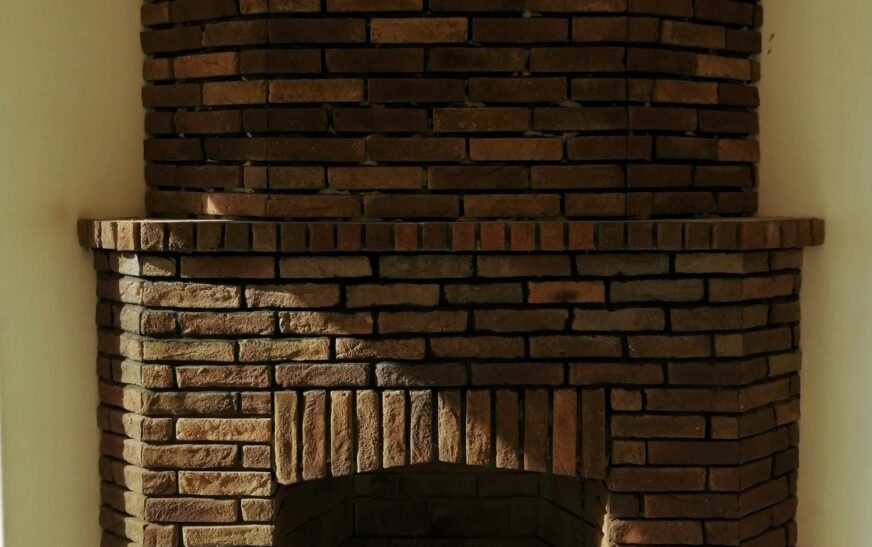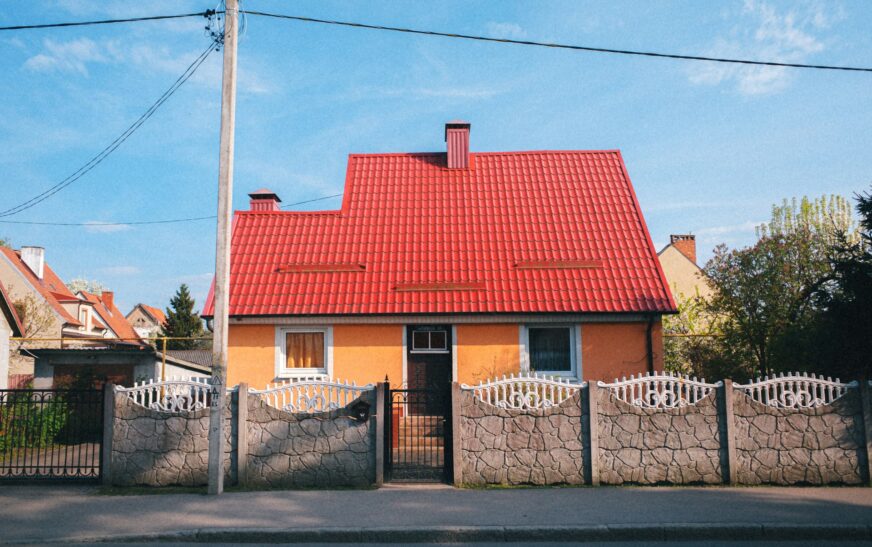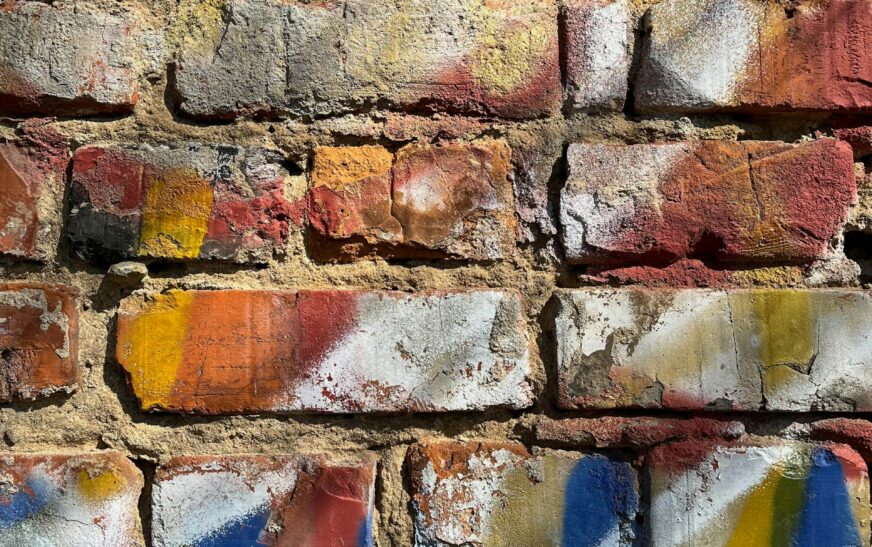A brick fireplace is one of those statement pieces—bold, earthy, and full of character. But sometimes, that character can start to feel… well, a little heavy, dark, or just not your vibe. Enter the magic of white paint. Done right, it brightens your living space instantly and gives a crisp, modern touch to a traditional focal point.
But here’s the truth: painting brick isn’t like slapping on wall paint. Brick is porous, textured, and often carrying years of soot, ash, or sealants. To make it look amazing without causing long-term headaches, preparation, patience, and technique are key.
Before You Start: Know What You’re Getting Into
Painting a fireplace is pretty much permanent. Even if you later decide to strip it, tiny remnants of paint will usually stay embedded in the brick’s texture. So ask yourself:
- Do I really love the look of crisp white?
- Am I okay with occasional touch-ups in the future?
- Is the brick in good shape, or does it need repairs first?
If you answered yes to all three—let’s dive in.
Step 1: Clean the Brick—Seriously, Don’t Skip This
Brick is like a sponge—it soaks up dust, soot, oils, and even odors. Paint won’t stick if your fireplace isn’t spotless.
What to do:
- Use a stiff-bristle brush to sweep away loose debris
- Mix warm water with a little dish soap or white vinegar
- Scrub every corner and grout line
- Let it dry completely—at least 24 hours
Pro tip: Skipping drying time is a rookie mistake. Moisture trapped under paint = bubbling, cracking, and mildew. Nobody wants that.
Step 2: Inspect for Cracks or Damaged Mortar
Tiny cracks in the mortar might seem harmless now, but paint can make them worse over time. Fill any gaps or crumbling spots with fireplace-grade mortar or caulk and let it cure. Think of it as building a smooth canvas before creating your masterpiece.
Step 3: Prime Like a Pro
This isn’t drywall. Brick needs a primer that grips, seals, and breathes.
Use:
- Stain-blocking masonry primer (essential for soot-heavy fireplaces)
- A roller for flat surfaces and a brush for grout lines and edges
- Two thin coats for very porous or dark brick
Priming evens out the surface and prevents stains from seeping through your fresh white paint.
Step 4: Pick the Right White Paint
Now comes the fun part: choosing your white. But remember—this is a high-visibility area, so function matters as much as style.
Best options:
- Heat-resistant latex paint (for working fireplaces)
- Eggshell or satin finish (wipeable, but not too shiny)
- 100% acrylic paint (breathable and flexible)
Avoid: flat paint—it’s hard to clean and absorbs stains like a sponge.
Step 5: Apply the Paint with Intention
Patience is key here. Take your time and follow these tips:
- Use a thick-nap roller for textured surfaces
- Brush grout lines and edges first, then roll the flat areas
- Apply two coats, allowing full drying time between them
- Step back often to spot uneven coverage
Want a rustic, lived-in vibe? Try dry brushing so some brick texture shows through. Prefer a clean, crisp look? Go full coverage.
Read More : Is Painting Brick Bad? The Truth Behind This Common Renovation Trend
Step 6: Cure and Maintain
Once painted, let your fireplace cure at least 48 hours before decorating or using it. If it’s functional, make sure the primer and paint are heat-resistant. (Pro tip: never paint the firebox interior—that needs special heat-safe coatings.)
Maintenance tips:
- Dust regularly to prevent soot buildup
- Wipe gently with a damp cloth for small stains
- Touch up chips or discoloration as needed
With a little preparation, patience, and the right products, your brick fireplace can go from dark and dated to bright, modern, and totally Instagram-worthy.










